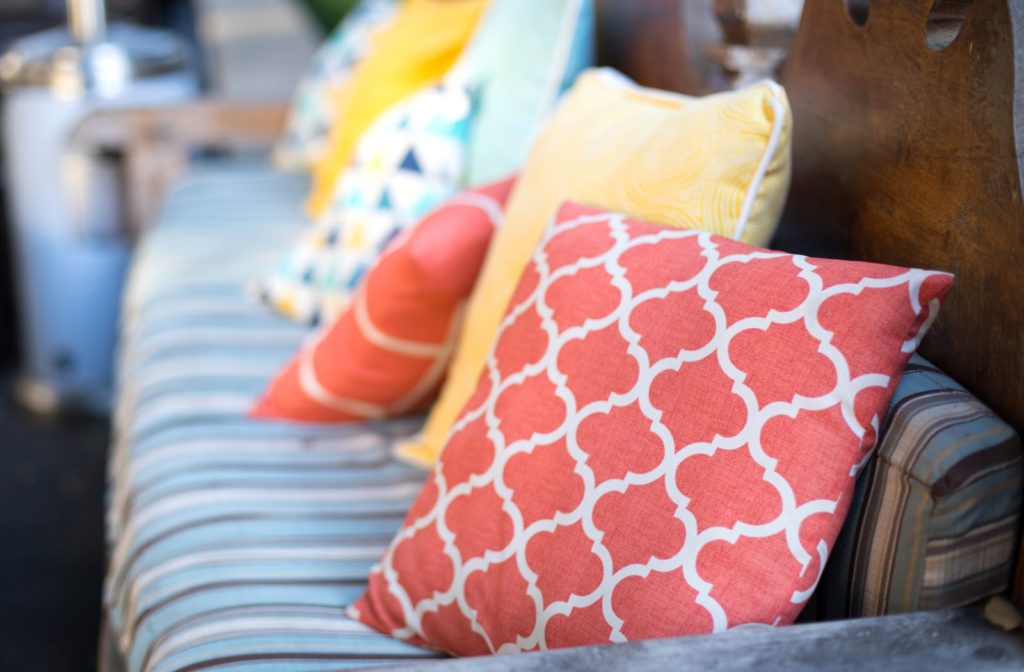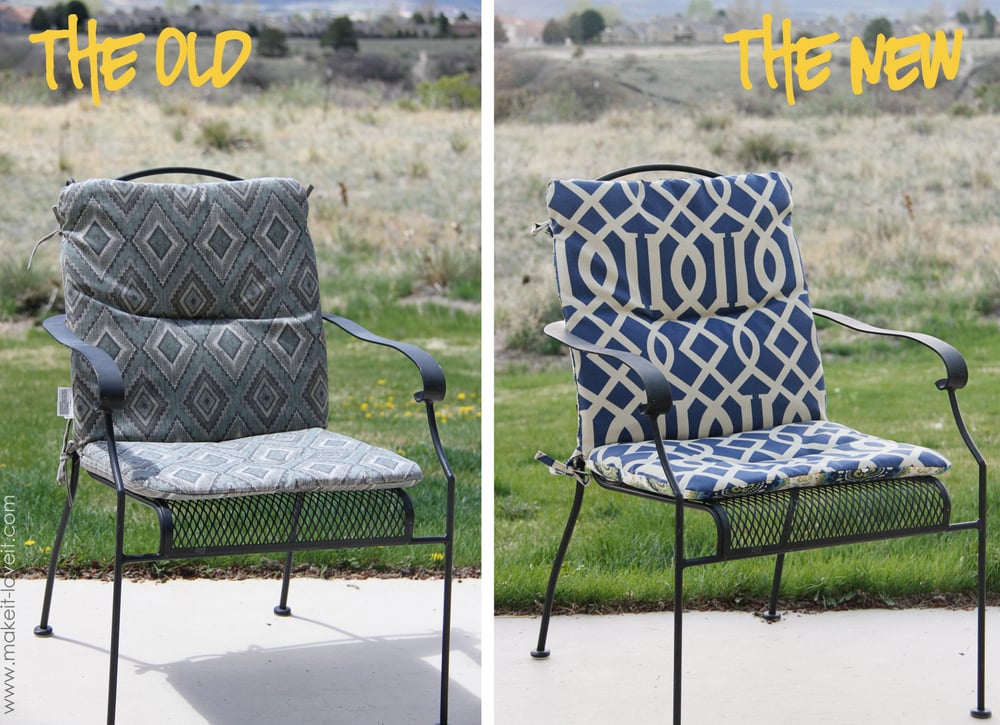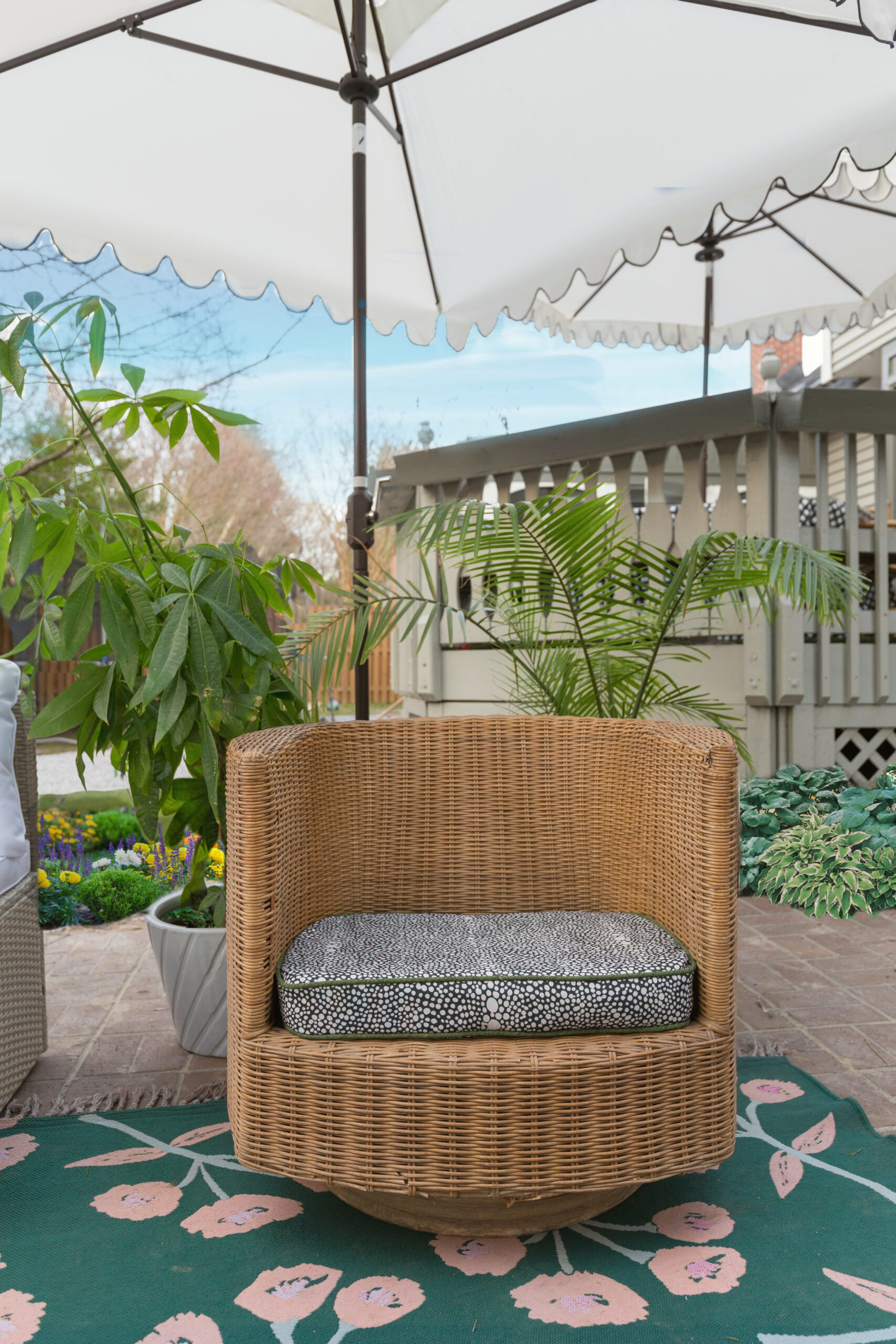Introduction: Elevating Your Outdoor Experience
Transforming your patio into a cozy oasis where you can relax and unwind is made easy with the addition of comfortable outdoor furniture cushions. However, finding cushions that perfectly suit your style and space can be a challenge. Fear not! In this DIY guide, we’ll walk you through the steps of making your own outdoor furniture cushions, allowing you to customize the fabric, size, and thickness to create a personalized seating experience that complements your patio décor and enhances your outdoor enjoyment.

Gathering Materials and Tools: Essentials for Your DIY Project
Before diving into your DIY project, it’s essential to gather all the necessary materials and tools. Here’s what you’ll need:
Materials:
- Outdoor fabric (water-resistant and UV-resistant)
- Foam padding or cushion inserts
- Thread
- Zippers (optional)
- Velcro strips (optional)
Tools:
- Sewing machine
- Scissors
- Measuring tape
- Straight pins
- Iron and ironing board
Once you have everything on hand, you’re ready to begin creating your custom outdoor furniture cushions.

Measuring and Cutting Fabric: Customizing Size and Shape
Start by measuring your outdoor furniture to determine the dimensions of your cushions. Be sure to account for any seams or allowances when measuring. Once you have your measurements, use them to cut out the fabric pieces for your cushions. Remember to cut a top and bottom piece for each cushion, as well as any additional panels for sides or edges, if desired.
Sewing the Cushion Covers: Bringing Your Design to Life
With your fabric pieces cut to size, it’s time to start sewing the cushion covers. Begin by placing the top and bottom pieces of fabric together, right sides facing each other. Pin them in place along the edges, leaving one side open for inserting the foam padding or cushion insert. Use your sewing machine to stitch along the pinned edges, ensuring a sturdy seam. If you’re adding zippers or Velcro closures, sew them into place along the open side of the cushion cover.

Inserting Foam Padding: Adding Plush Comfort
Once your cushion covers are sewn together, it’s time to insert the foam padding or cushion inserts. Measure and cut the foam padding to fit snugly inside the cushion cover, ensuring it fills out the corners and edges evenly. If necessary, trim the foam padding to achieve the desired thickness or shape. Carefully insert the foam padding into the cushion cover through the open side, gently pushing it into place until the cushion is fully filled.
Closing the Cushion Covers: Securing the Final Seam
With the foam padding inserted, it’s time to close the final seam of your cushion covers. If you’ve added zippers or Velcro closures, simply zip or fasten them shut along the open side of the cushion cover. If not, you can use a simple hand stitch or sewing machine to close the seam securely, ensuring that the foam padding remains securely enclosed within the cushion cover.

Adding Finishing Touches: Enhancing Durability and Aesthetics
To enhance the durability and aesthetics of your outdoor furniture cushions, consider adding some finishing touches. You can topstitch around the edges of the cushions for added reinforcement, or add decorative trim or piping to accentuate the seams. Additionally, treating your outdoor fabric with a water-resistant or UV-resistant spray will help protect your cushions from the elements and prolong their lifespan, ensuring that they remain comfortable and inviting for years to come.
Exploring Fabric Options: Finding the Perfect Material for Your Cushions
When selecting fabric for your outdoor furniture cushions, it’s essential to choose materials that can withstand the rigors of outdoor use while providing comfort and style. Look for fabrics that are specifically designed for outdoor applications, such as solution-dyed acrylic or polyester blends. These fabrics are water-resistant, UV-resistant, and mold-resistant, making them ideal for use in outdoor environments. Additionally, consider the color, pattern, and texture of the fabric to ensure it complements your patio décor and personal style. Whether you prefer bold stripes, vibrant florals, or classic solids, there’s a wide range of outdoor fabrics available to suit every taste and preference.

Customizing Thickness and Firmness: Tailoring Your Cushions to Your Comfort Level
One of the benefits of making your own outdoor furniture cushions is the ability to customize the thickness and firmness to suit your comfort level. When selecting foam padding or cushion inserts, consider the density and thickness that will provide optimal support and comfort for your seating needs. For seating cushions, a medium-density foam with a thickness of 3 to 4 inches is generally suitable, while thicker cushions may be desired for lounging or relaxing areas. Additionally, you can layer multiple foam pads or inserts to achieve the desired thickness and firmness, ensuring that your cushions provide the perfect balance of support and softness for hours of outdoor enjoyment.
Maintaining Your Cushions: Tips for Long-Term Care and Cleaning
To ensure that your DIY outdoor furniture cushions remain in top condition for years to come, it’s essential to implement a regular maintenance routine to keep them clean and well-maintained. Here are some tips for long-term care and cleaning:
- Regularly brush off dirt, debris, and pollen from your cushions with a soft-bristled brush or vacuum attachment to prevent buildup and maintain their appearance.
- Spot clean stains and spills promptly using a mild detergent diluted in water and a soft cloth or sponge. Avoid harsh cleaners or abrasive scrubbing, as they may damage the fabric.
- For deeper cleaning, remove the cushion covers and hand wash them in cold water with a mild detergent, then air dry them thoroughly before reinserting the foam padding.
- Store your outdoor furniture cushions indoors or in a covered area during inclement weather to protect them from rain, snow, and prolonged exposure to sunlight, which can cause fading and deterioration.
- Consider investing in storage bags or containers to keep your cushions clean and organized when not in use, prolonging their lifespan and maintaining their quality over time.
By following these simple maintenance tips, you can ensure that your DIY outdoor furniture cushions remain comfortable, stylish, and inviting for years to come, providing the perfect finishing touch to your patio oasis.
Enjoying Your DIY Creations: Relaxing in Style
With your custom outdoor furniture cushions complete, it’s time to sit back, relax, and enjoy your patio oasis in style. Whether you’re lounging in a cozy chair, reclining on a chaise lounge, or gathering around a dining table with friends and family, your handmade cushions will provide the perfect combination of comfort and style, elevating your outdoor experience and creating lasting memories in your outdoor sanctuary.